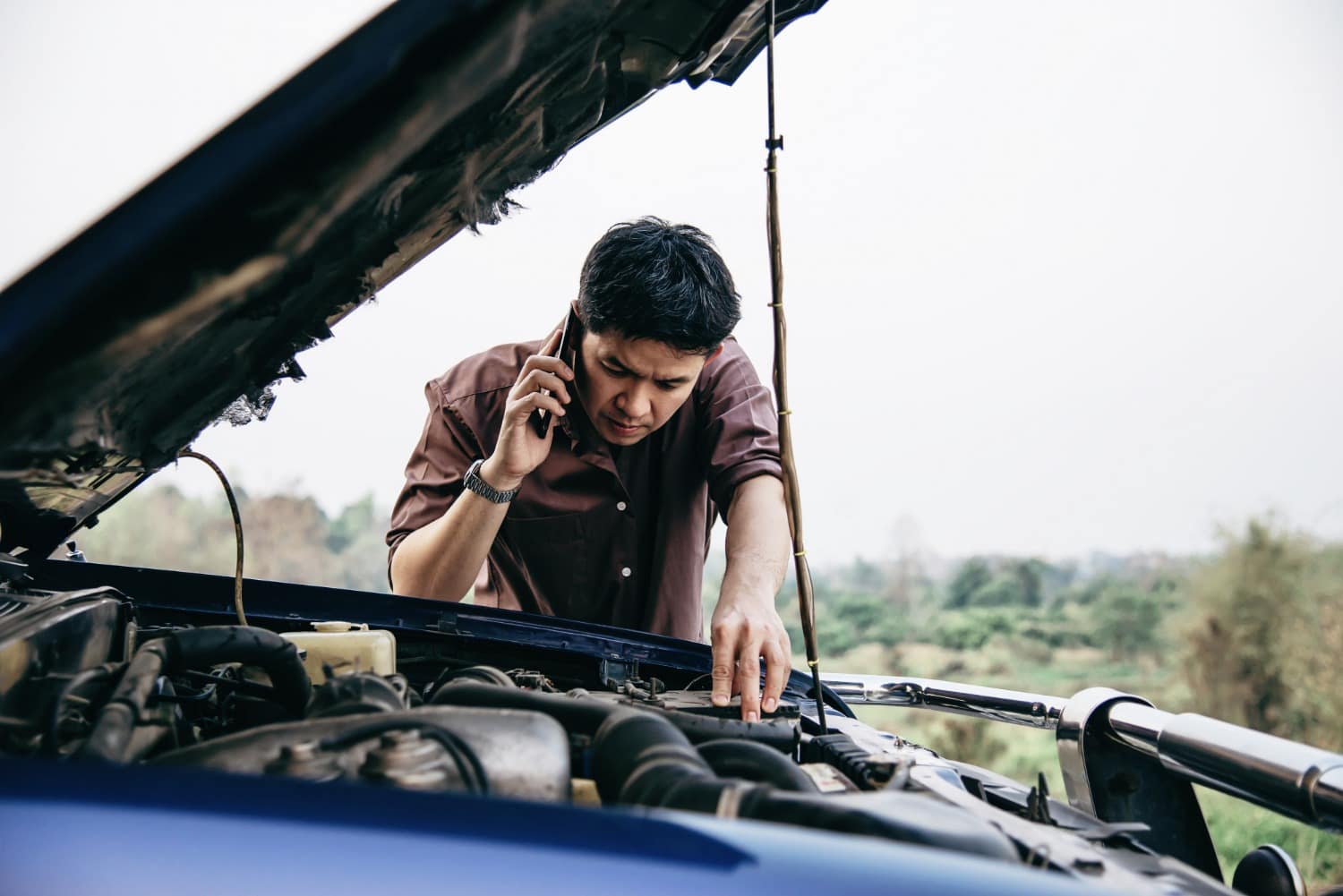
You turn your car key, but nothing happens. Often, the cause is not the battery dying but corrosion on the battery terminals. It’s a simple problem that can prevent your car from starting and lead to more significant electrical issues if left unaddressed.
Corrosion looks like a white or bluish powder around the battery posts. It forms when battery acid reacts with the metal terminals, especially when the battery releases gas. Eventually, it obstructs the flow of electricity between the battery and the car’s electrical system.
Corroded terminals weaken the current your car needs to start. That’s why you may notice slow cranking, flickering lights, or no start at all. Cold weather makes it worse since batteries already struggle in low temperatures.
Mild corrosion can be cleaned using a mix of baking soda and water with a small brush. But because batteries contain acid, it’s safer to have professionals handle them. They clean the terminals, tighten loose cables, and apply protective grease to reduce future corrosion.
Corrosion does not just affect the starting. It can also reduce the life of your battery and damage electrical parts. Having your battery checked during regular auto repair visits keeps your car reliable and ready for any weather.
Battery corrosion may look minor, but it can leave you stranded without warning. Regular inspection and cleaning during service can prevent starting issues and protect your car’s electrical health. Maintaining your vehicle with simple upkeep saves time, stress, and money.